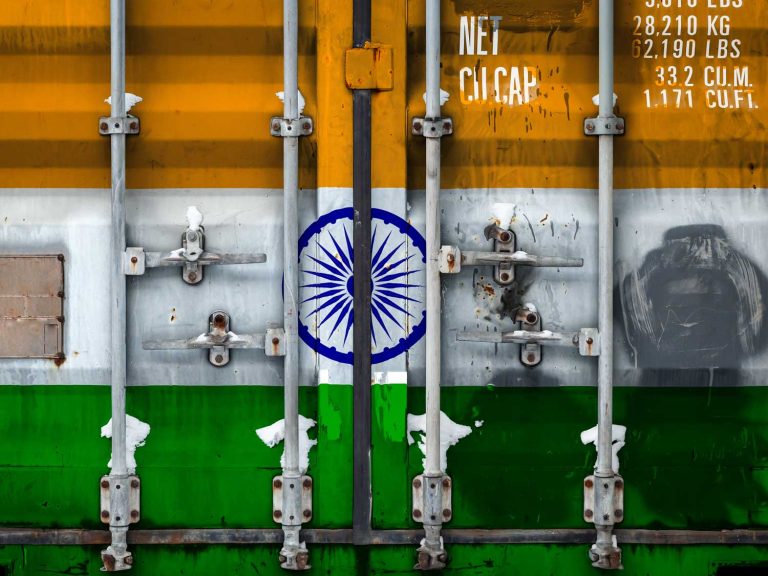
Date:
Pressure Builds on India–Europe Sea Freight
Indian exports are facing growing challenges on the India–Europe sea freight corridor as space tightens, equipment shortages emerge, and rates rise sharply, as carriers push through significant price hikes and service adjustments.
The situation has been building since early May, when the end of seasonal produce volumes briefly softened the market. Since then, rates have rebounded week-on-week, climbing steadily on the back of capacity cuts, slower vessel arrivals, and strategic redeployments by carriers. While export volumes remain steady, the squeeze on space and container availability is driving up freight costs and impacting booking reliability.
From mid-June and into July, carriers have introduced a series of general rate increases (GRIs), with some operators implementing double-digit percentage rises on westbound shipments from Indian ports to North Europe and the Mediterranean. Several major lines have also introduced new surcharges to secure space, including emergency space surcharges and revised all-in tariffs.
These rate increases coincide with signs of wider strain on the trade. Some carriers are deploying smaller vessels on Indian routes to prioritise higher-yield trans-Pacific traffic, while others have voided scheduled calls due to operational issues. The result is growing uncertainty at key Indian ports, including Nhava Sheva, Mundra, Ennore, and Chennai, where last-minute gate cut-off changes and blank sailings are complicating planning for exporters and freight forwarders.
At the same time, equipment availability is starting to tighten. While the situation is not yet critical, access to empty containers, especially in inland and southern locations, varies widely between carriers and equipment types. The slowdown in imports from Asia, driven by congestion at transhipment hubs, is beginning to disrupt the usual balance of container flows, raising concerns about inventory levels in the weeks ahead.
The full impact of these challenges is now being felt across the market. Rates from West India to key European destinations, including Rotterdam, Antwerp, and London Gateway have increased by more than 50% in some cases, with further hikes expected. Carriers appear confident in their ability to hold these levels through the end of July, with strong demand and constrained supply underpinning their position.
As these dynamics play out, shippers should brace for continued volatility. Advance planning, flexible routing, and close collaboration with stakeholders will be essential in a trade lane that shows no signs of stabilising in the near term.
Metro combines deep ocean freight expertise with global reach and local insight, now strengthened by our new India office, to keep your cargo moving through market volatility.
EMAIL managing director, Andrew Smith, to discover how our sea freight solutions and on-the-ground presence in India can support your supply chain.
